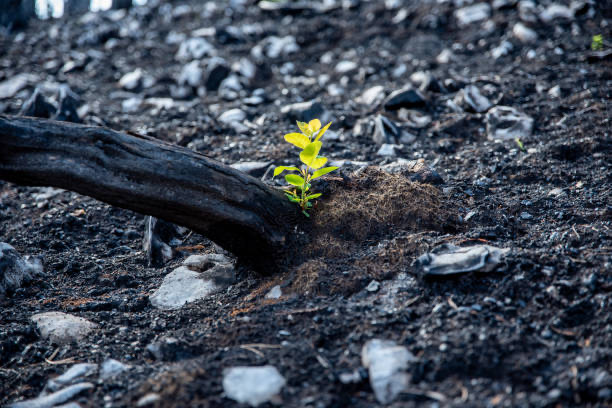
Discernment by Nausea in a Season of Remembrance
I recently heard the phrase, Discernment By Nausea and I was immediately drawn to it. Perhaps it is because of the season of Lent that we are entering into or perhaps it is because of the season I have personally found myself in and perhaps it is a little bit of both!
The thought behind this phrase is that we often play it safe when it comes to our lives in faith. We get comfortable in the predictability of our day to day’s – the rhythm of waking up and having that first cup of coffee, walking into our offices and preparing for the day ahead, and simply doing the work instead of experiencing the work that we have been called to. This calling is not always a comfortable experience for us and can make us feel a little queasy at times, but the process of pulling us from that which is uncomfortable to experiencing the fullness of that which we are continually being called to is a process worth exploring.
I encourage each of you to take a deep breathe in and begin to contemplate where the Spirit is leading you – perhaps out of your comfort zone into a season of Discernment By Nausea!
The Chrysalis Team is here to offer support and guidance in this and every season.
Care to you this day,
The Chrysalis Team
Learn More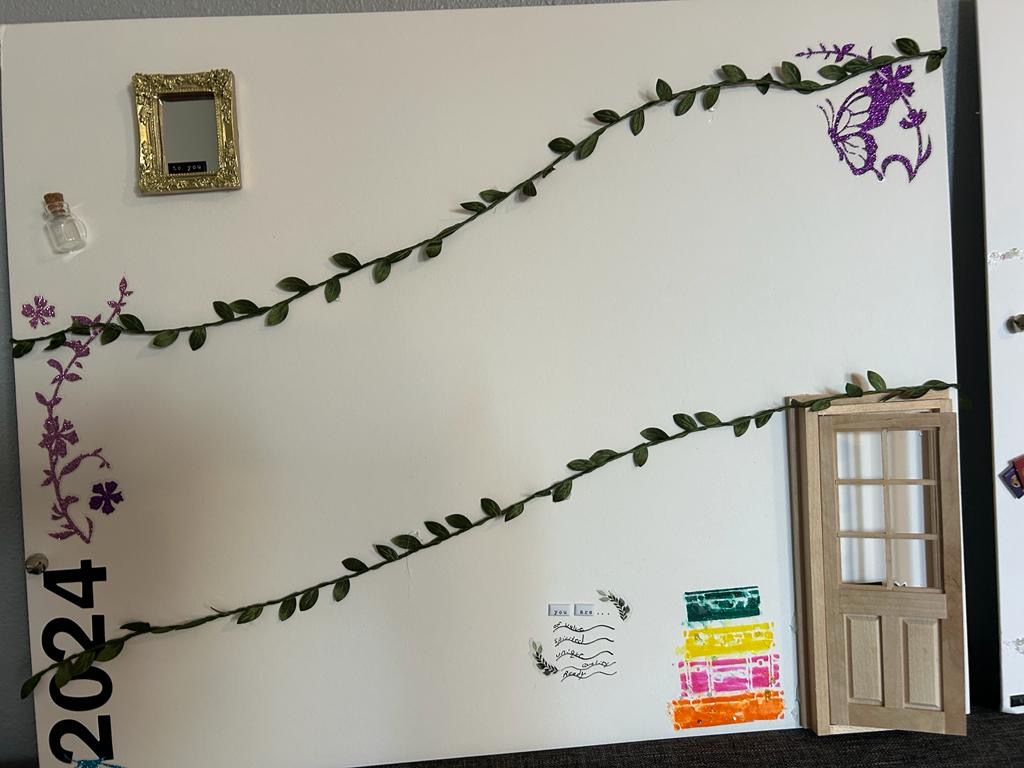
Movement & Vision
As 2023 comes to a close and 2024 peaks it’s head around the corner, we find ourselves in a place of reflection, remembrance, and resolution. We reflect on all that the year have gifted to us and we remember all the lessons learned. The phase of resolution can be a bit more complicated as it takes into account the phases of reflection and remembrance and attempts to make ‘All things different – All things better!’ The problem with this, is we cannot take get over those stinging experiences that now have become a part of our narrative, neither can we simply sit in the accomplishments and joys of the year. This is truly a time to embed and move forward and through.
One activity that can assist in this movement is called Vision Boarding, rather creating a Vision Board. A vision board is a visual representation of your goals and relates to the direction you would like to take as you move into the upcoming days, weeks, months, and years. There are no rules when it comes to creating a vision board, only the ability to focus on yourself in a creative space.
A little guidance: Find a poster board, collect items that inspire you including magazine cut-outs, photo’s, and other items to affix to the board. Take your time and continually ask yourself, “Who am I?”; “What do I wish for myself?”; “What do I need?”
My word for you this day is Movement. The dedicated staff at Chrysalis is here to listen and encouragement as youfind peace, a stirring, and a movement within yourself this year.
Peace to you,
The Chrysalis Team
Learn More
The Most Wonderful Time of the Year…Maybe
The Christmas season has always been a mixed bag for me. Even as a young child and the child of a female pastor in the 1980’s, I felt both the joy and struggle of the season. I believe it was as if the pressures of the holidays and the hustle and bustle were simply too much for my little body to take in. I vaguely remember many Christmas Ev’s feeling as if the Church took precedence over family gatherings and our own joy and excitement as a family around the season, and I was not going to take it! So instead, I was often found lying on the back pew of the pristinely-decorated sanctuary, in a puddle, with my lite candle in hand, with wax dripping all over my newly-pressed Christmas dress.
As a pastor and a mother, I find myself carefully attempting to find a balance between the Church and intentional time with my daughter, so she does not feel and ‘The Church Vs. Family’ situation that I so often experienced. I will admit, I am more so successful at this depending on the year, and arguable the moment. As we all know too well, the Church this time of year does not necessarily or immediately bring a fullness of joy and celebratory emotions to those of us working the line, rather it often produces a frantic rush to assist support staff in decorating and preparing the sanctuary, ensuring the Advent candles are placed so that they will not immediately fall of their stands if breathed on incorrectly, and the worship services are just right – all so everyone knows that this is The Most Wonderful Time of The Year.
The truth is, we are not all that our Christmas Card family photos portray. We are each human beings just trying to create and truly feel a joyful spirit for ourselves and those we care so deeply for.
This year, I encourage each of you (myself included!), to get plenty of exercise, sleep, and rest. Be mindful of your needs, create meaningful connections with those you love dearly, breathe deeply, and give yourself the grace that you tell others to give themselves.
Blessings to you and know that we at Chrysalis are here for you to listen and help you find the hope, love, joy, and peace that this season is all about!
The Chrysalis Team
Learn More
Transitions & a Cup of Coffee
I am a big fan of coffee – church coffee, boutique coffee, Starbucks. It does not completely matter to me if my coffee originates from an espresso maker crafted ever so carefully with beautiful artwork showing through the foam from the local coffee shop, or straight from the verismo tucked in the corner of my office. I just enjoy my coffee.
I am also a fan of sharing sacred conversations with those dearest and most important to me over something as simple or complex as a cup of coffee. Conversations that are light and fun that share in celebrations and excitement, and conversations that sit on the soul in a different way. It’s the conversations of life, and laughter, tears, frustrations, broken relationships, and reconciliation. I enjoy a full life of connection.
I find myself this season seeped in sacred conversations embodied by the topic of transitions. These sacred conversations are conversations I find myself having with others as well as with myself. Transitions that include relationship shifts, employment discernment, and faith community affiliations. And yes, these conversations often happen over a simple, yet complex cup of coffee which for me, serves as a reminder of that which is a constant in my life – a grounding if you will to what is present, now.
I encourage each of you to find your grounding – in the midst of simple and complicated and complex conversations which is what makes life so very rich. Seek out those whom you love and care for dearly, and share in this grounding wherever those moments take you.
Grace & Peace,
The Chrysalis Team
Learn More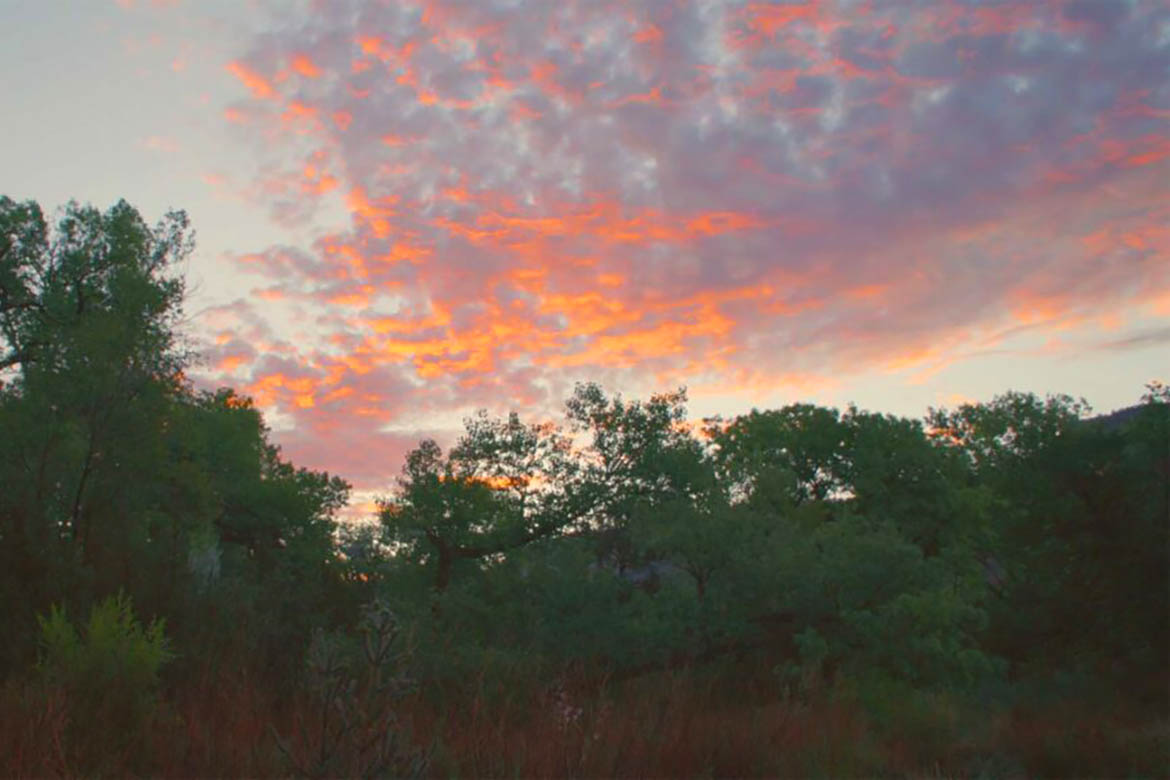
After the Wind, After the Earthquake, and After the Fire
Thanks to a generous grant from the New Mexico Annual Conference Endowment Committee, Chrysalis Counseling for Clergy (Chrysalis Consulting Center for Clergy) is proud to announce a new initiative for clergy health and wholeness: After the Wind, After the Earthquake, and After the Fire.
After the Wind, After the Earthquake, and After the Fire is a monthly worship service planned around the need of clergy to simply worship. This initiative for clergy health and wholeness takes its name from the story of Elijah on Mt. Horeb. In that story spectacular things happened, one right after another: wind, earthquake, and fire. However, God wasn’t in those things. Instead, God is in the sound of silence that follows.
Knowing that clergy are under tremendous amounts of pressure, and that sometimes the sheer effort of leading worship can add to that stress, Chrysalis seeks to offer a monthly opportunity for clergy simply to sing, pray, and be filled, rather than being poured out. Nothing will be asked of clergy “to do,” except to be present and to engage.
Upcoming Location & Dates
El Vado Motel Conference Center
2500 Central Ave, SW ABQ NM 87104
January 15th, February 19th, March 19th, April 16th, May 21st, June 18th
For more information, directions, and follow up questions, please email:
[email protected] or [email protected]
Currently this model is being explored in the Albuquerque area. Chrysalis hopes to duplicate the model in other areas of the New Mexico Annual Conference.
Learn More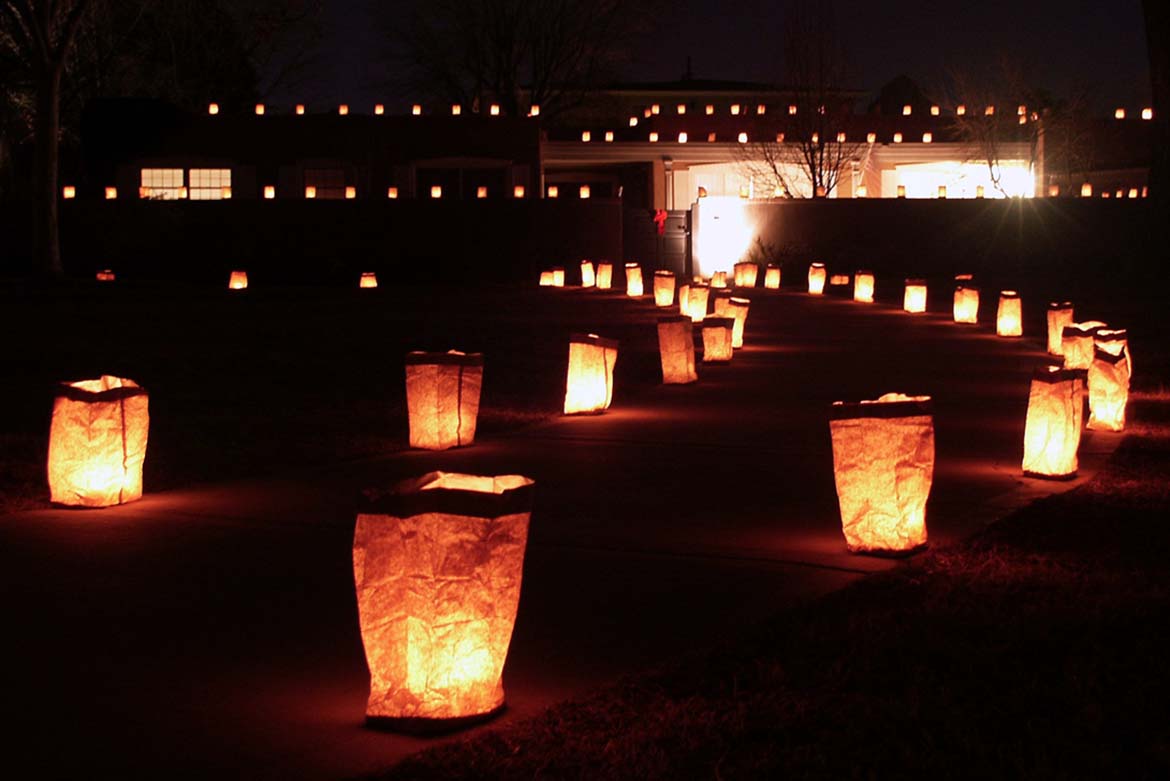
Light
One of my favorite moments during the entire year, is when the 11:00pm Christmas Eve service is completed and I get in my car and I drive around town looking at the farolitos – it’s a perfect time to see them because they are starting to fade a bit but still keeping their light going, as if to say, “I’m still here!”
And I know this feeling – when my light is fading a bit but I’m still working to stay present in the moment and to say, “I’m still here!”
But, what does it feel like when the light has gone out on us? What do we do when we can’t see or feel or know this light we hear so much about?
I must confess that even as I hear this question it feels slightly passive aggressive to me – as if I am implying that something is wrong when we can’t see, touch, feel, or know this ever-present light. As if our faith is mostly a mechanism to bypass negative emotions in favor of delusional positivity.
I have faith. And right now, I have faith that sometimes light is hard to see, and to know, and to feel – and yes, I believe that “the light will shine and the darkness shall not overcome it.”
So today, I ask you to consider: Where does the light overcome – where is the invitation to bring the light in? What is the darkness that hides the light and what do you need to do to invite the light in?
In Grace, Kelly
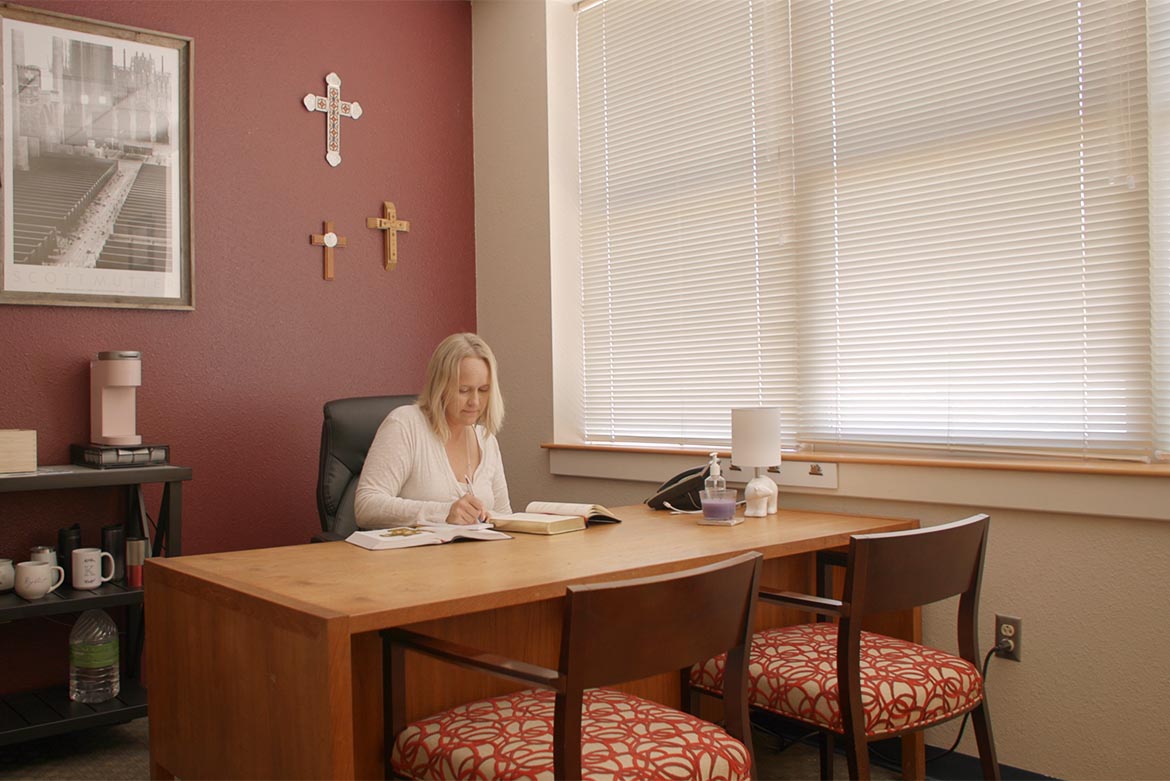
Chrysalis – The Humble Beginnings
The need was clear, and soon Chrysalis Counseling for Clergy, a 501(c)3 organization working with leaders in ministry to obtain and sustain optimal mental, spiritual, and physical health was born.
Learn More
